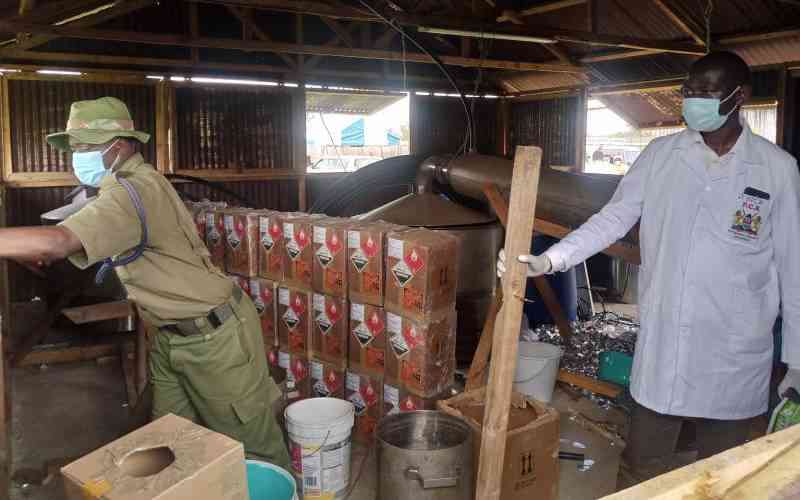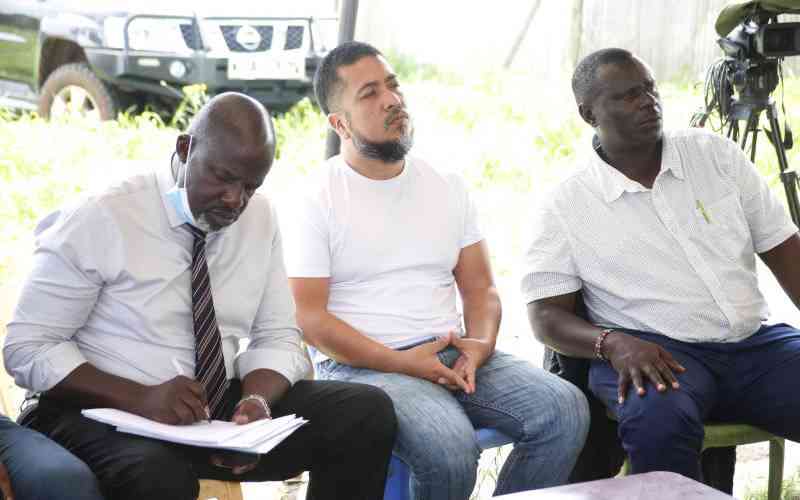Emmanuel Mwendwa
Towards the end of the 1970s, potent forms of Zairean pop bands posed a threat to the growth of indigenous Kenyan music.
Congolese groups were being contracted to perform in Nairobi’s mushrooming nightclubs as musicians made their way to Kenya in the wake of political upheaval in the Congo.
Within a few years, the ‘lingala’ and soukous styles, widely believed to have spawned rhumba rhythm, gradually became the mainstream genre of music in the 1970’s and 1980’s in the city’s music clubs.
There have been indications that the rhumba beat, believed to have spread from Kenya to Cuba, was adapted by Congolese musicians as early as the 1960s.
When the late dictator Mobutu Sese Seko took over power in former Zaire during the early 1960s, he compelled the citizenry to desist from using colonial names and playing foreign music.
At the same time, local musicians were banned from performing cover versions of non-Zairean music, and Government-sponsored TV and radio stations could not air music from other countries.
Wider market
This way, it is said, Mobutu contributed significantly to the development of lingala. In an effort to establish a wider market, the Congolese imported the slow tempo rhumba rhythm from Kenya — at a time when golden oldies by Paul Mwachupa, Fadhili Williams, Fundi Konde, John Mwale and Daudi Kabaka were riding high.
Rhumba roots
In a past interview, the late Konde pointed out that roots of rhumba rhythm could be traced to the traditional Giriama music known as mwanzele.
"Though we developed the rhythm, blending it with assorted influences, it took long for local musicians to record their songs. The Cubans somehow picked up rhumba’ storming studios before we did. They were the first to register rhumba in the world music scene," he recounted.
Wrangles
Even as the wrangling over ‘rhumba’ originators rages on, however, some Congolese musicians are on record admitting they incorporated elements of ‘benga’ beats into lingala and soukous compositions.
‘Benga’ is said to have spawned the fusion of traditional Luo nyatiti lyre and the Luhya isukuti rhythms. Western Kenya was particularly a vibrant musical hub, rich in indigenous musical rhythms.
As the Congolese ‘invasion’ intensified, the Kenyan benga variant was driven to the periphery.
 The Standard Group Plc is a
multi-media organization with investments in media platforms spanning newspaper
print operations, television, radio broadcasting, digital and online services. The
Standard Group is recognized as a leading multi-media house in Kenya with a key
influence in matters of national and international interest.
The Standard Group Plc is a
multi-media organization with investments in media platforms spanning newspaper
print operations, television, radio broadcasting, digital and online services. The
Standard Group is recognized as a leading multi-media house in Kenya with a key
influence in matters of national and international interest.
 The Standard Group Plc is a
multi-media organization with investments in media platforms spanning newspaper
print operations, television, radio broadcasting, digital and online services. The
Standard Group is recognized as a leading multi-media house in Kenya with a key
influence in matters of national and international interest.
The Standard Group Plc is a
multi-media organization with investments in media platforms spanning newspaper
print operations, television, radio broadcasting, digital and online services. The
Standard Group is recognized as a leading multi-media house in Kenya with a key
influence in matters of national and international interest.





